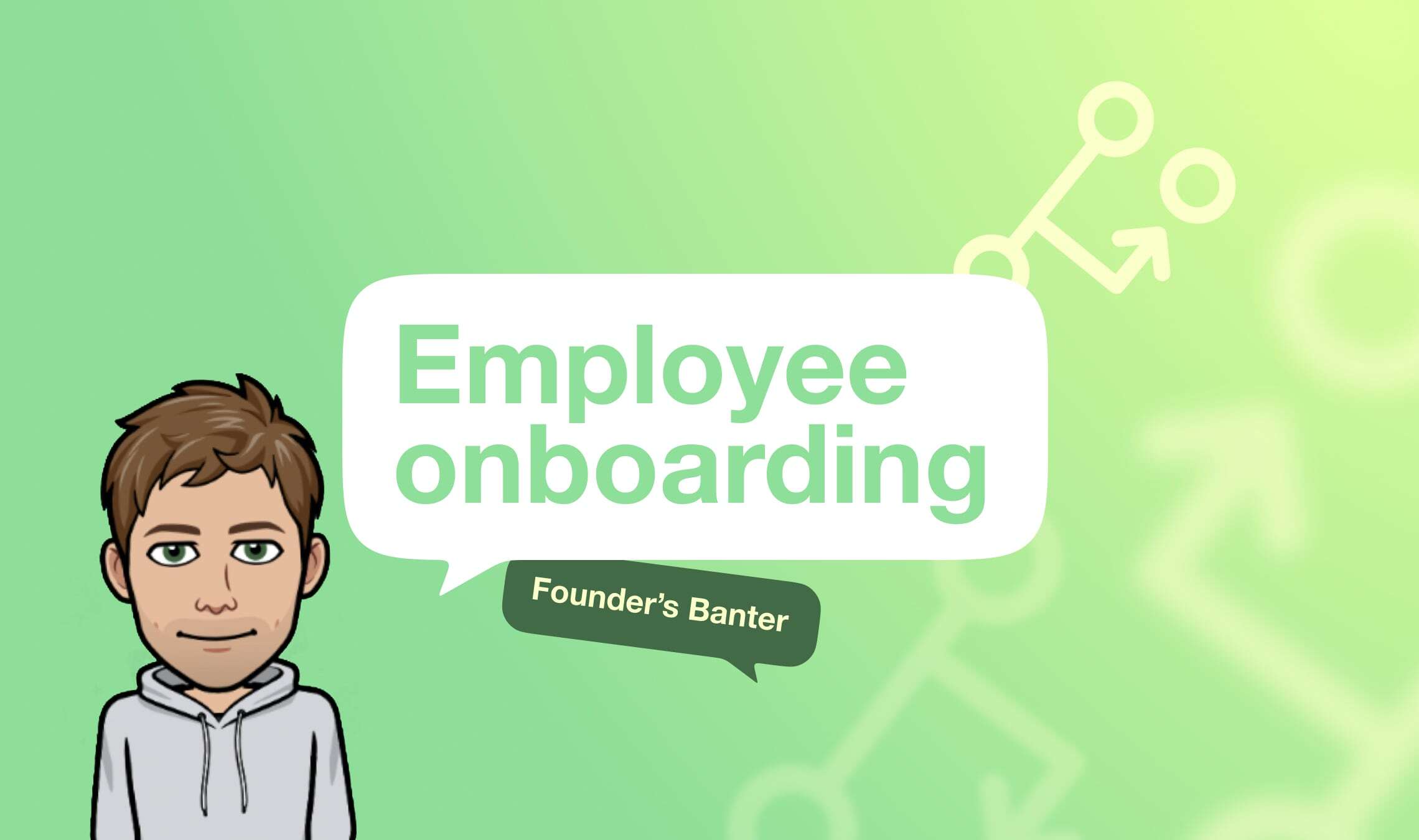This July we realized that we were lucky enough to go through the first wave of the pandemic in good shape and we are ready to expand our team. More than four months later we increased the size of the team from two full-time members and one freelancer to five full-time members, lost three people in the process and learned a lot about hiring and onboarding. In this blog post, I’ll share our findings about onboarding and tell you the whole story of our journey.
Why Onboarding?
In my opinion, good onboarding does two very important things:
It significantly reduces the initial knowledge gap every new employee has regarding the product and team routines, allowing them to feel comfortable and start bringing value as soon as possible.
- It lets us to spot those who don’t fit in sooner, preventing both newcomers and companies from wasting too much of each other's time
In a startup, when you have very limited financial resources and a small team, each new team member matters more, so the onboarding process is crucial for the success of the business.
However, having this theoretical knowledge didn’t protect us from making newbie mistakes.
Attempts
July, The first attempt
After two weeks of interviews we hired two new members and realized that we haven’t done proper onboarding for a very long time. With nothing to start with, we decided to improvize. My partner and I discussed how we should proceed, wrote down some ideas on Slack, rolled up our sleeves and started to work.
We had a mess in several places, including Notion, Google Docs and Trello. We needed to clean it up before taking further steps. Otherwise, our new employees would waste too much time trying to figure out what documents to read and where to look for necessary information. It took longer than we expected and we didn’t have much time left to write down what we had prepared for the first week. So we just kept it all in Slack and in our heads.
To our surprise, we ended up with quite a good onboarding week, which consisted of several training sessions, a couple of review meetings and presentations from both new members regarding their plans for the next month. So far so good, but the salesperson decided to leave the next week, so we had to start the search over again.
Our mistakes
- We didn’t write down the whole process so we didn’t have the opportunity to reuse it and reflect on it later
- We collected feedback from the employees but we didn’t save it in order to apply what we learned later during the next round
August, The second attempt
After about three weeks we hired another salesperson. And again, we didn’t write down our plans for the onboarding week. My thinking was something along these lines of, “We did well with a lot of improvisation the first time. We definitely can replicate this again”. This approach, coupled with our lack of knowledge about hiring and onboarding, and the fact that previously we were able to hire a very good marketing specialist called Daria without having set up a hiring and onboarding process, eventually led to failure.
We didn’t have clear expectations for the newcomer for their first week and also for the first month. As a result, only after five weeks we realized that the person did almost nothing and wasted an enormous amount of everyone’s time, especially of Daria’s time.
Our mistakes
- We didn’t document the process. Again!
- We didn’t prepare for the onboarding week as well as the previous time, forgetting some essential things
- Because of the lack of preparation, we didn’t set expectations and it took longer to realize that the person was not being productive
October, The third and fourth attempts
This time we hired not one, but two salespeople, the first one beginning work one week before the other. We learned from our previous mistakes and we were very clear about our expectations for the first week. However, we still had no documented process and were in preparation for a very important demo with a very strict deadline. My partner and I being fully booked, we gladly delegated some parts of the onboarding to Daria when she suggested that. Unfortunately, many processes were not clear yet, and Daria’s understanding of them was different from ours. It resulted in more confusion after the first week.
On top of that, I didn’t spend enough time with the new hires. There was definitely a lack of cultural fit with one hire but I didn’t trust my gut feeling and decided to move the person to the next phase. We fired her a week later anyway, but she wasted a lot of our time and energy.
Our mistakes
- We delegated some parts of the onboarding process to a new team member without providing her with clearly documented processes
- We didn’t trust our gut feeling
The new process
Without a doubt, the previous (badly executed) onboarding process wasn’t the only cause for our failures with the new hires, yet it played an important role. Besides, we wasted a lot of time which we could have invested into the product and into our clients.
Having this in mind, we decided that it was time to create a better process. Surprisingly, it took us about two hours to write everything down and create the much needed documents. Ah, if only we knew that it would be this easy a couple of months ago!
Step-by-step guide
The core of our new onboarding process is a detailed step-by-step guide in Notion, describing what we should do, ask of and share with a new employee. It removes the need for improvisation and solidifies best practices. We intentionally put as many details in it as possible, so next time we don’t need to remember our previous mistakes, no matter how funny or stupid they may seem. We forgot to ask the last name of the new hire once? Let’s add this to the list. We didn’t make a review at the end of the first day? Must be in the guide.
Templates in Trello
To simplify our lives and the lives of newcomers even further, we created card templates in Trello, two for us and one for the new hires.
It works like this:
- When we hire a new person, we create three new cards from these templates
- The first card is for us. It contains a checklist of things to do three days before a new employee joins the company
- The second card is also for us. It contains the steps we need to take during an employee’s first day at our company
- The third card is for the employee and contains a checklist of what we expect the employee to know at the end of the first day. It helps the new person to feel more comfortable during the first and most turbulent day as they can see that they are progressing nicely.
I've talked at large about what has happened to us in the last several months, so one last thing: I'd like to share with you our onboarding guide that we have developed through trial and error. I hope it's useful, since its easier to learn from the mistakes of others.

